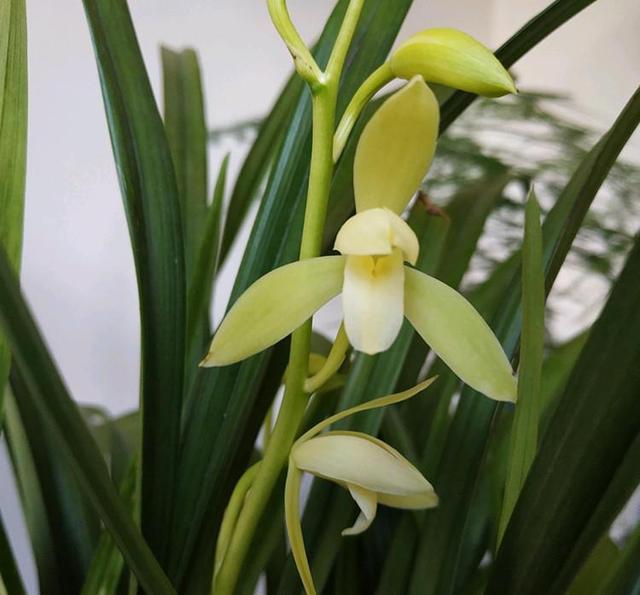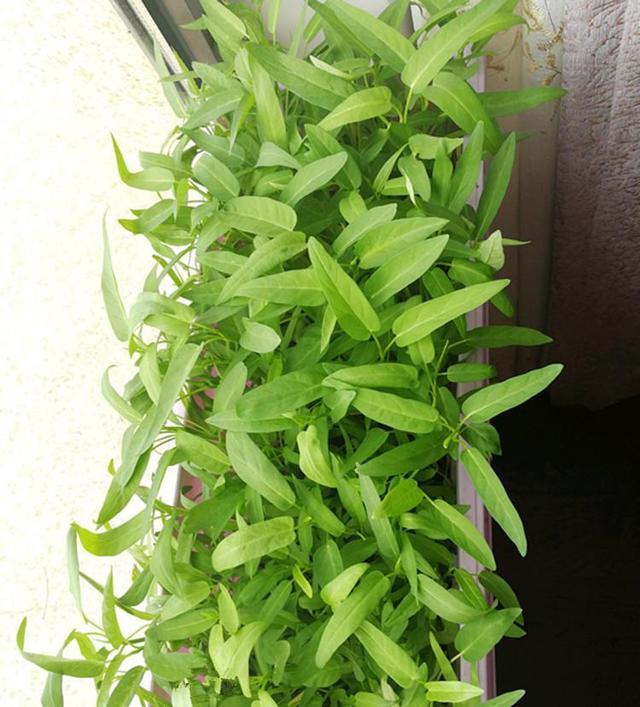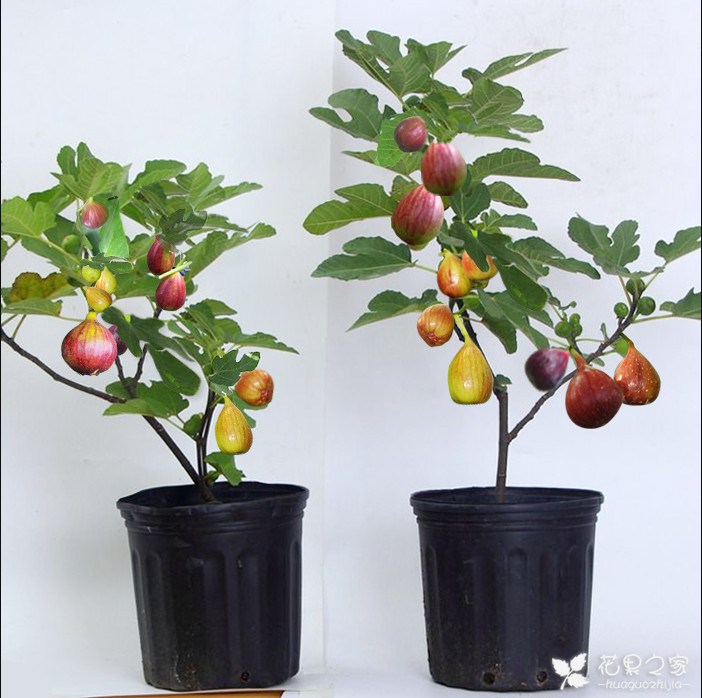Keep orchids blossom for 10 actions without mistakes.

Many people find it difficult to raise orchids and always think that orchids are very elegant and difficult to raise flowers and plants. In fact, people who can raise orchids have their own set of maintenance skills, but, raising orchids, skills belong to skills, these 10 movements in the maintenance process "do not make mistakes", there will be more blossoms.
1. Cultivation
The vegetative area of potted orchids is limited, so the pots need to be changed every 2 ~ 3 years, which is combined with ramet. First take it out of the basin, wash it with clean water, then cut off the accessory root with a sharp knife, retain the strong root system, plant it in the seedling bed or greenhouse, and strengthen fertilizer and water management for half a year.
2. Choose the basin
The pots of mud roasting are permeable. The new pots should be soaked in clean water and smeared with horse dung and fertile soil. Mosses will breed after planting. The old basin should be washed inside and outside before use, each basin can grow a cluster, each cluster should have 20 buds, each bud leaves 5-6.
3. Turn the basin
Turn the basin once a year in early spring or late autumn, turn the basin by hand, gently vibrate on the ground, take out the persistent soil with roots, rinse with clean water, cut open the roots with scissors, divide them into several clusters, cut off the rotten roots, cut roots, and withered roots, then wash them clean, put them in a cool place to dry, and plant them half a day later.
4. Using soil
Orchid plants like acidic soil, which can be tested with universal test paper after preparation, and the suitable pH value is 5-6. The culture soil is humus soil (deciduous soil) 2 parts, stable manure soil (manure soil) 2 parts, sand and calcium superphosphate (10%), ferrous sulfate (5%), mixed clayey soil 1 part, used after composting fermentation. If you find it troublesome, you can use the soil for orchids.
5. Pots
First check whether the drainage hole at the bottom of the basin is unobstructed, dredge the upper cover tiles or stones, then spread a layer of gravel, fill in the culture soil, slightly compact, then add half an inch of fine soil, and then plant it. At least three buds should be retained, and when the soil is added to more than half of the soil, gently lift the seedlings to stretch the roots, shake the bottom of the basin, closely combine the soil with the roots, add the soil to the mouth of the basin half an inch, and compact the soil with your fingers. Watering uses the soaking basin method to make the water seep from the drainage hole to the soil surface, place it in a cool place, and then move to a fixed place a week later.
6. Watering
The water temperature is required to be slightly lower than the air temperature of 2 °C. it is better to put the water in the water tank one day and water it with a fine-eye spray can, not to the center of the leaf cluster. Urban tap water is mostly alkaline, so ferrous sulfate (black alum) 2% should be added to the water, and the amount of water should not be too much, so as to be drenched. It should be watered less from November to February of the following year, and one water should be watered every 3-4 days. It can be watered more in early spring and summer, once every 1-2 days, and once every day from June to August, except in the morning and in the evening.
7. Fertilization
Apply base fertilizer once when turning the basin, with barnyard manure and oil residue, usually apply orchid special organic liquid fertilizer every half a month; before and after the Mid-Autumn Festival and the Spring Equinox, topdressing liquid fertilizer once each, and once within three weeks after flower fade, dilution 500x, watering the root is fine.
8. Shading
Lan is afraid of exposure to the sun and even more afraid of rain, so he needs to set up a shade. From 10:00 to 2 pm every day from May to June, in addition to setting bamboo curtains to cover the cuteness, hanging curtains should be added on all sides. From mid-June to early July, the curtain will be closed from 10:00 to 5 pm daily. The curtain will be covered from 9 am to 6 pm daily from mid-July to early September. It was transferred to indoor culture after late September.
9. Pick flowers
When the pedicel is about to be extracted, it is necessary to remove part of the pedicel, leaving no more than 3 pedicels in each pot, leaving 2 pedicels at the beginning of each pot, leaving only one pedicel after three days, and so on, the last flower should be cut off after 5-6 days, so that the nutrients are concentrated and the flowers are numerous and gorgeous.
10. Winter Tibet
The room temperature in winter should not be too high, 8-10 °C is suitable, the lowest is not less than 5 °C, the highest can not be higher than 15 °C, otherwise the leaf color will turn yellow or delay flowering. Watering should be dug and watered as much as possible, because orchids enter the room in winter and require a little less than summer and autumn.
- Prev

This kind of vegetable grows pot after pot with a handful of seeds and a stem
Asparagus is the "green spirit" of vegetables, although it is a "hollow" dish, but it contains a lot of nutrients. Hollow is rich in chlorophyll. In addition, asparagus is planted in a container and looks like a pot of orchids from a distance.
- Next

How often are figs watered? how much water are there? Watering method of potted figs in four seasons
When we plant potted figs, we all have this question: how often and how much water do potted figs water? Because do not understand the growth habits of potted figs, it often leads to too much watering or too little watering.
Related
- Wuhan Hospital Iron Tree Blooming Result Was Instantly Frightened by the Gardener Master
- Which variety of camellia is the most fragrant and best? Which one do you like best?
- What is the small blue coat, the breeding methods and matters needing attention of the succulent plant
- Dormancy time and maintenance management of succulent plants during dormancy
- Minas succulent how to raise, Minas succulent plant pictures
- What are the varieties of winter succulent plants
- How to raise succulent plants in twelve rolls? let's take a look at some experience of breeding twelve rolls.
- Attention should be paid to water control for succulent plants during dormant period (winter and summer)
- Watering experience of twelve rolls of succulent plants
- Techniques for fertilizing succulent plants. An article will let you know how to fertilize succulent plants.

